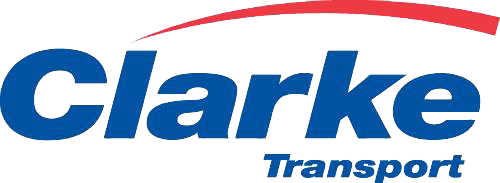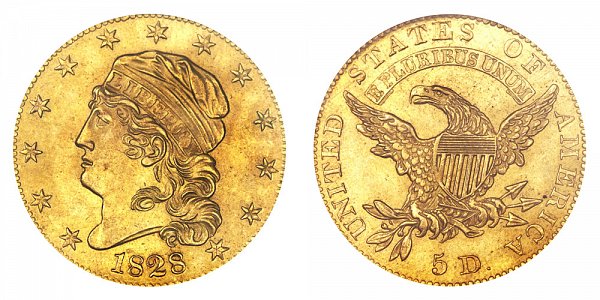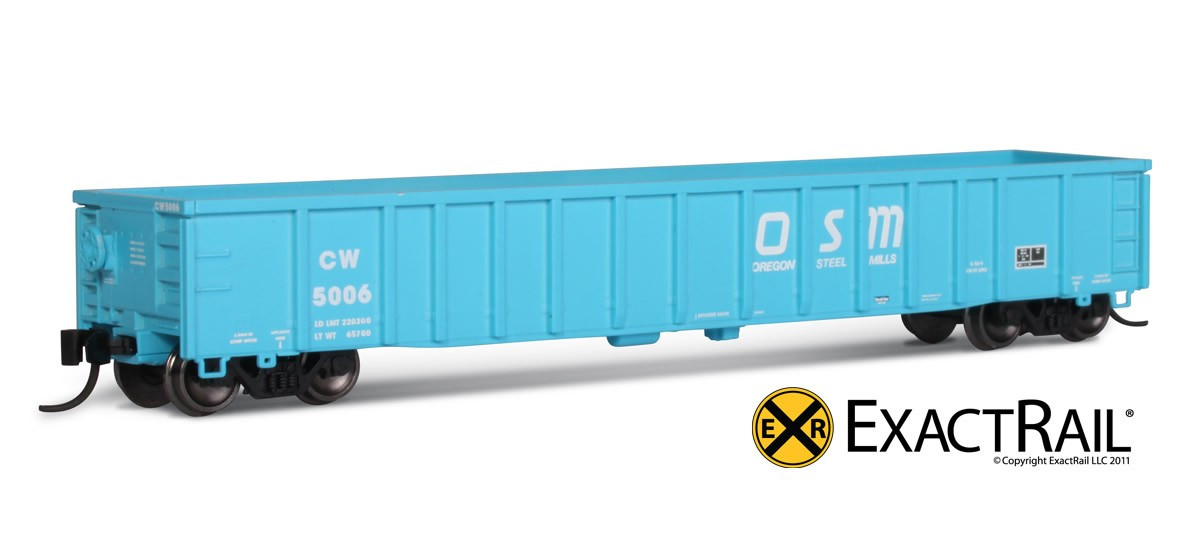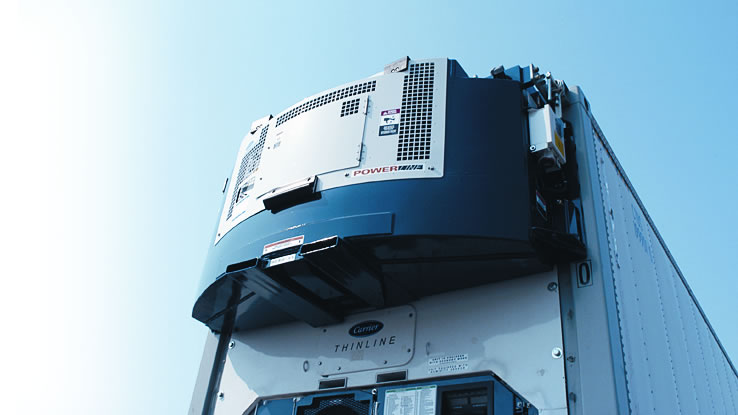Prototype History: An intermodal container is a large standardized shipping container, designed and built for intermodal freight transport, meaning these containers can be used across different modes of transport – from ship to rail to truck – without unloading and reloading their cargo. Intermodal containers are primarily used to store and transport materials and products efficiently and securely in the global containerized intermodal freight transport system, but smaller numbers are in regional use as well. These containers are known under a number of names, such as simply container, cargo or freight container, ISO container, shipping, sea or ocean container, container van or (Conex) box, sea or c can.
53' Containers are generally used only in North American domestic transportation and hence not usually seen on container ships. They are, however, extremely popular in North America due to the increased capacity and efficiency when compared to their 40 foot, ocean-going cousins. Also, since they are not typically used on ships, they have reduced bracing and structural integrity making them cheaper to produce. As result, in 2013, APL, a major logisitics firm, officially ceased support of ocean going transport of these units for simple lack of demand combined with specialized facilities for loading and storage of these units.
Climate Controlled Intermodal Containers differ both from general service containers, and also differ from Containers with Refrigeration Units. A very common sight along the northern tier of US States, as well as in Canada, the Climate Control units mounted on the nose can moderate the temperature inside the container to keep the cargo from freezing, as well as just keep a flow of air moving through the container at moderate temperatures for fresh food products that need to be kept in the 40-60 degree range. These nose units are made by both Carrier and ThermoKing. Versions are made with both a 65 gallon and 150 gallon diesel fuel tank.
Some if this text is from Wikipedia
53' Containers are generally used only in North American domestic transportation and hence not usually seen on container ships. They are, however, extremely popular in North America due to the increased capacity and efficiency when compared to their 40 foot, ocean-going cousins. Also, since they are not typically used on ships, they have reduced bracing and structural integrity making them cheaper to produce. As result, in 2013, APL, a major logisitics firm, officially ceased support of ocean going transport of these units for simple lack of demand combined with specialized facilities for loading and storage of these units.
Climate Controlled Intermodal Containers differ both from general service containers, and also differ from Containers with Refrigeration Units. A very common sight along the northern tier of US States, as well as in Canada, the Climate Control units mounted on the nose can moderate the temperature inside the container to keep the cargo from freezing, as well as just keep a flow of air moving through the container at moderate temperatures for fresh food products that need to be kept in the 40-60 degree range. These nose units are made by both Carrier and ThermoKing. Versions are made with both a 65 gallon and 150 gallon diesel fuel tank.
Some if this text is from Wikipedia
Brand/Importer Information: Con-Cor has been in business since 1962. Many things have changed over time as originally they were a complete manufacturing operation in the USA and at one time had upwards of 45 employees. They not only designed the models,but they also built their own molds, did injection molding, painting, printing and packaging on their models.
Currently, most of their manufacturing has been moved overseas and now they import 90% of their products as totally finished goods, or in finished components. They only do some incidental manufacturing today within the USA.
Important Note: The Con-Cor product numbering can be very confusing. Please see here in the article how to properly enter Con-Cor stock numbers in the TroveStar database.
Currently, most of their manufacturing has been moved overseas and now they import 90% of their products as totally finished goods, or in finished components. They only do some incidental manufacturing today within the USA.
Important Note: The Con-Cor product numbering can be very confusing. Please see here in the article how to properly enter Con-Cor stock numbers in the TroveStar database.
Item created by: gdm on 2018-03-30 08:00:01. Last edited by CNW400 on 2020-05-16 16:04:44
If you see errors or missing data in this entry, please feel free to log in and edit it. Anyone with a Gmail account can log in instantly.
If you see errors or missing data in this entry, please feel free to log in and edit it. Anyone with a Gmail account can log in instantly.











